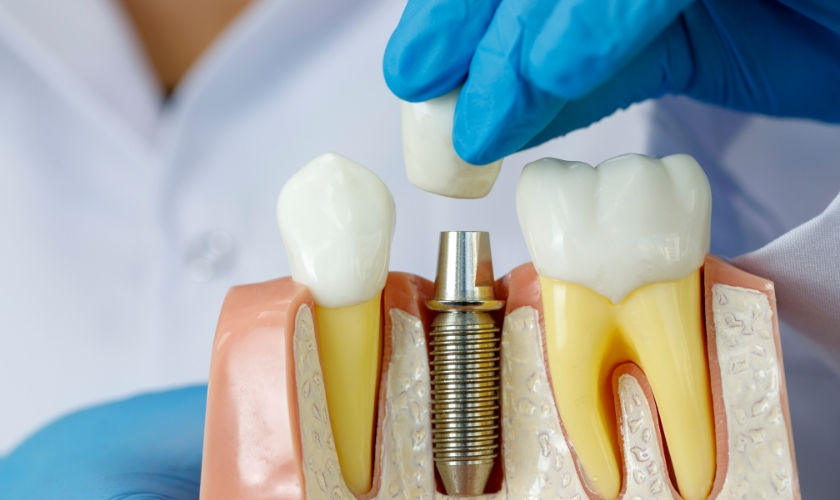Understanding Dental X-Rays: Types and Safety for Optimal Dental Care in Garland
- Campbell Crossing Dentistry

- Oct 3, 2023
- 2 min read
Updated: Oct 12, 2023
Dental X-rays, also known as radiographs, play a crucial role in modern dentistry, assisting dentists in diagnosing and treating various oral health conditions. These diagnostic tools provide valuable insights into areas of the mouth that are not visible during a regular dental examination. In Garland, where access to advanced dental care is vital, understanding the types and safety measures associated with dental X-rays is essential for optimal oral health.

Types of Dental X-Rays
1. Bitewing X-Rays:
Bitewing X-rays focus on the upper and lower back teeth, revealing any signs of decay, gum disease, or issues between teeth. Dentists in Garland often use bitewing X-rays during routine check-ups to monitor dental health.
2. Periapical X-Rays:
Periapical X-rays capture an entire tooth from the crown to the supporting bone, enabling dentists to identify abnormalities in the root structure, bone level, and surrounding tissues.
3. Panoramic X-Rays:
Panoramic X-rays provide a comprehensive view of the entire mouth, including the jaw, teeth, nasal area, and sinuses. This type of X-ray aids in identifying impacted teeth, fractures, and potential growth abnormalities.
4. Orthodontic X-Rays:
Orthodontic X-rays assist in treatment planning for braces or other orthodontic procedures by revealing the position and alignment of teeth.
5. Cone Beam CT Scans:
Cone Beam CT scans generate 3D images, offering highly detailed views for complex dental procedures like dental implant placement and orthognathic surgery.
Safety Measures for Dental X-Rays
Dentists prioritize the safety and well-being of their patients during X-ray procedures. Here are key safety measures implemented:
1. Lead Aprons and Collars:
Patients are provided with lead aprons and collars to shield areas of the body that are not being imaged, minimizing exposure to radiation.
2. Digital X-Rays:
Utilizing digital X-rays significantly reduces radiation exposure compared to traditional film X-rays, ensuring a safer diagnostic process.
3. As Low As Reasonably Achievable (ALARA) Principle:
Dentists adhere to the ALARA principle, optimizing X-ray settings and minimizing exposure while obtaining images of sufficient diagnostic quality.
4. Pregnancy Precautions:
Dentists take special precautions with pregnant patients, avoiding X-rays unless absolutely necessary and ensuring appropriate shielding and minimal exposure if needed.
5. Regular Equipment Maintenance:
Dental practices in Garland regularly maintain and calibrate X-ray equipment to ensure accurate imaging with the lowest possible radiation exposure.
The Role of Dentists in Garland
Dentists in Garland are committed to providing the highest standard of dental care, including safe and accurate diagnostic procedures like X-rays. They are dedicated to educating their patients about the importance of X-rays in maintaining good oral health while assuring them of the safety measures in place during the process.
In summary, dental X-rays are indispensable tools that aid dentists in delivering comprehensive dental care. Understanding the different types and safety measures associated with X-rays allows patients to actively engage in their dental health journey. With the guidance of dedicated dentist in Garland, individuals can ensure their oral health remains a top priority.



Comments